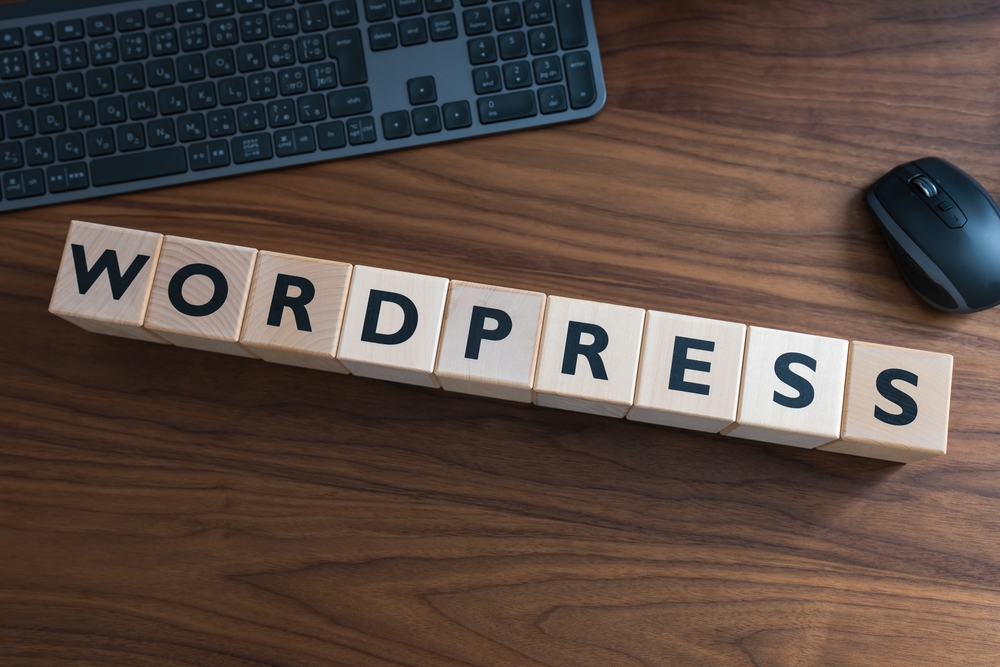
WordPress is undoubtedly one of the most popular content management systems (CMS) in the world. Its simplicity, versatility, and extensive range of themes and plugins make it a top choice for building websites. Whether you're a beginner or an experienced user, there are always new techniques and strategies you can learn to master WordPress. In this article, we will explore essential tips for customization and maintenance that will help you take your WordPress (or WP) skills to the next level.
1. Understanding the WordPress DashboardThe WordPress dashboard is the control center of your website. It allows you to manage your site's content, appearance, and functionality. Familiarize yourself with the different sections of the dashboard, such as the Posts, Pages, Appearance, and Plugins sections. This will enable you to navigate and customize your WordPress (the platform for bloggers) site efficiently.
2. Choose a Reliable Theme
A well-designed theme can make a significant impact on the look and feel of your website. When selecting a theme, consider factors such as responsiveness, speed, and compatibility with popular plugins. Avoid using outdated or poorly coded themes, as they can affect your site's performance and security.
3. Utilize Customization Options
WordPress offers a wide range of customization options to make your website unique. Explore the customization settings within the Appearance section, where you can modify your site's header, background, colors, and menus. You can also leverage the theme's built-in customization options or use a custom CSS plugin to style your site further.
4. Install Essential Plugins
Plugins are essential for extending the functionality of your WordPress (the blogging platform) site. However, it's crucial not to go overboard with plugins, as they can slow down your site. Install only the necessary plugins that improve user experience, optimize site performance, and provide essential features such as security, search engine optimization (SEO), and contact forms.
5. Optimize Your Site for Speed
Website speed plays a critical role in user experience and search engine rankings. To improve your site's loading time, consider techniques such as image optimization, caching, minification of CSS and JavaScript files, and utilizing a content delivery network (CDN). You can use plugins like WP Rocket or W3 Total Cache to assist with caching and optimization.
6. Regularly Update WordPress (WP) Core, Themes, and Plugins
Keeping your WordPress core, themes, and plugins up to date is crucial for security and compatibility reasons. WordPress releases regular updates to fix bugs, enhance features, and patch vulnerabilities. Enable automatic updates whenever possible and regularly check for outdated themes or plugins that may have compatibility issues.
7. Backup Your Website
Backing up your WordPress site is essential to protect your content from accidental deletions, server failures, or malware attacks. Use a reliable backup plugin to schedule automatic backups and store them securely. It is recommended to save backups on remote storage services like Google Drive, Dropbox, or Amazon S3.
8. Secure Your WordPress Site
Security should be a top priority when it comes to managing a website. WordPress is a frequent target for hackers, so take necessary precautions to protect your site. Use strong passwords, limit login attempts, enable two-factor authentication, and install security plugins like Sucuri or Wordfence to enhance your site's security.
9. Optimize Your Site for SEO
Search engine optimization (SEO) is crucial for improving your website's visibility in search engine results. Install an SEO plugin like Yoast SEO or All in One SEO Pack to optimize your content, meta tags, and XML sitemaps. Conduct keyword research and incorporate relevant keywords naturally into your content to improve your search rankings.
10. Monitor Your Site's Analytics
Understanding how users interact with your website is essential for making informed decisions and improving your site's performance. Use a web analytics tool like Google Analytics to track your site's traffic, user behavior, popular content, and conversion rates. Analyzing this data will help you make data-driven decisions and optimize your site accordingly.
Frequently Asked Questions:
Q1: How do I install a new WordPress theme?A1: To install a new WordPress theme, go to the Appearance section in your WordPress dashboard and click on "Themes." Then click on "Add New" and either search for a theme or upload a theme file from your computer. Once you find the desired theme, click on "Install" and then activate it.
Q2: What should I do if my WordPress site is slow?
A2: There are several steps you can take to improve your WordPress site's speed. Optimize your images, use caching plugins, minify CSS and JavaScript files, and enable a content delivery network (CDN). Additionally, ensure that your hosting provider offers good server performance and consider upgrading your plan if necessary.
Q3: How often should I update WordPress themes and plugins?
A3: It is essential to keep your WordPress themes and plugins updated regularly. Developers release updates to fix bugs, improve features, and address security vulnerabilities. It is recommended to update them as soon as new versions are available to ensure compatibility and security.
Q4: How can I protect my WordPress site from hackers?
A4: To enhance the security of your WordPress site, use strong passwords, limit login attempts, enable two-factor authentication, and install security plugins like Sucuri or Wordfence. Regularly update WordPress core, themes, and plugins to patch any security vulnerabilities.
Q5: Is it necessary to use an SEO plugin for my WordPress site?
A5: While it is not mandatory, using an SEO plugin can significantly improve your website's visibility in search engine results. Plugins like Yoast SEO or All in One SEO Pack offer valuable optimization features such as content analysis, meta tag configuration, XML sitemaps, and social media integration.
In conclusion, mastering WordPress is an ongoing process. By implementing the essential tips for customization and maintenance outlined in this article, you can optimize your WordPress site's performance, security, and user experience. Stay up to date with the latest WordPress best practices and continue expanding your knowledge to excel in building and managing professional websites.
Other useful resources
- https://www.wordpress24plus.com/services/wordpress-development/
- https://www.wordpress24plus.com/wordpress-tools-directory/
- https://www.wordpress24plus.com/wordpress-tools-directory/wordpress-themes/